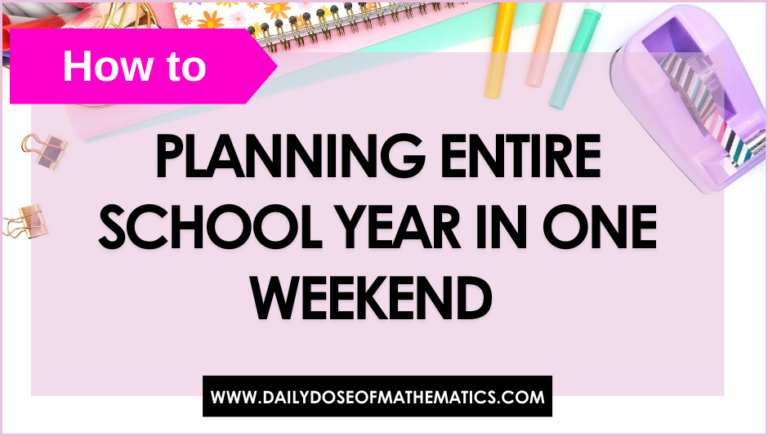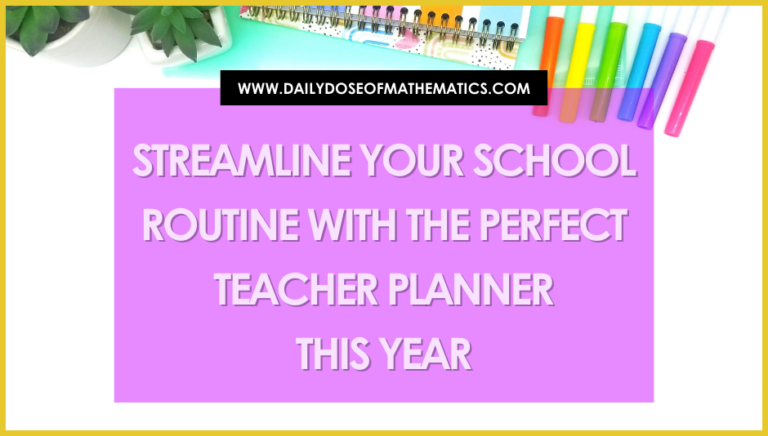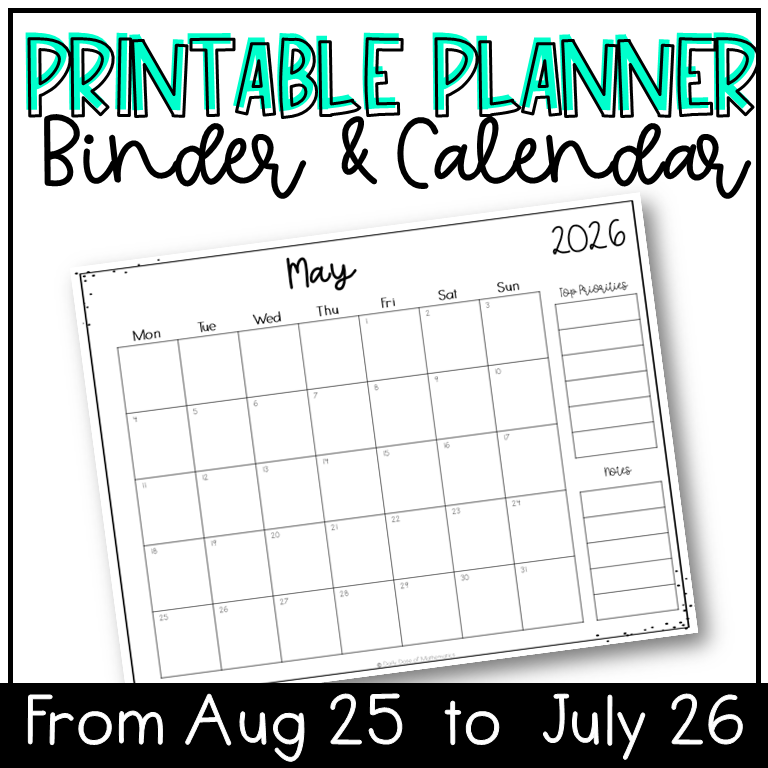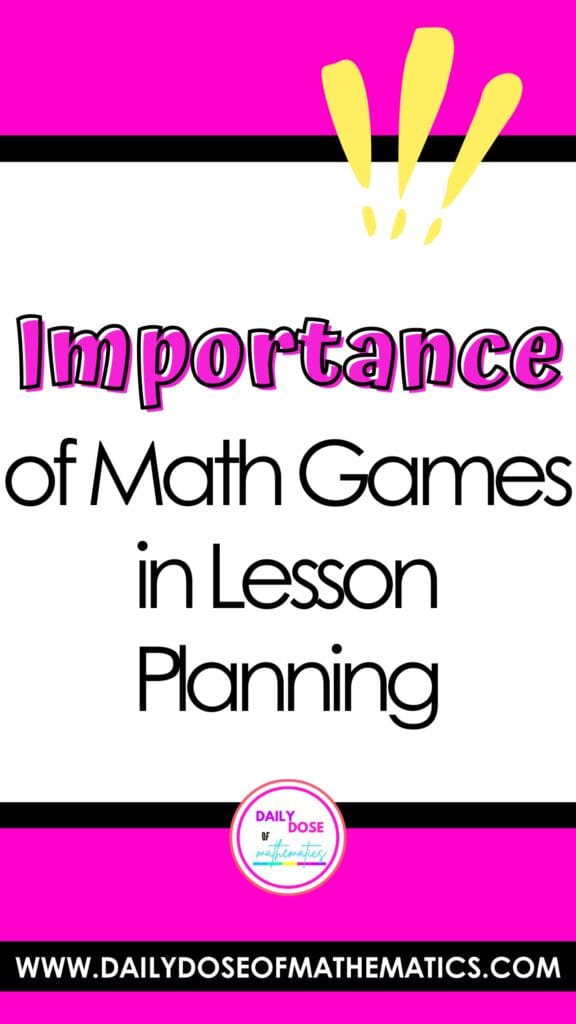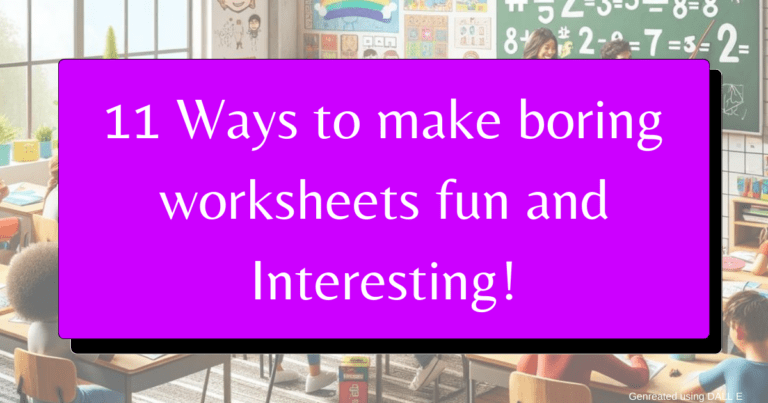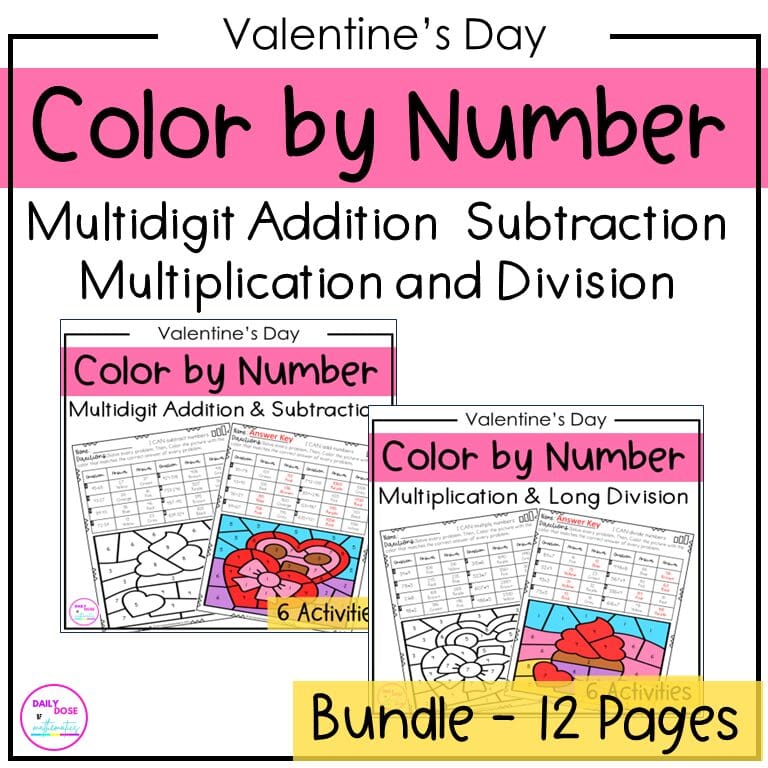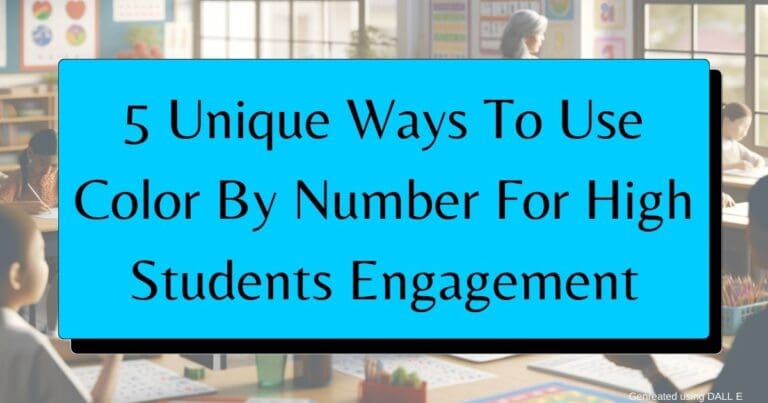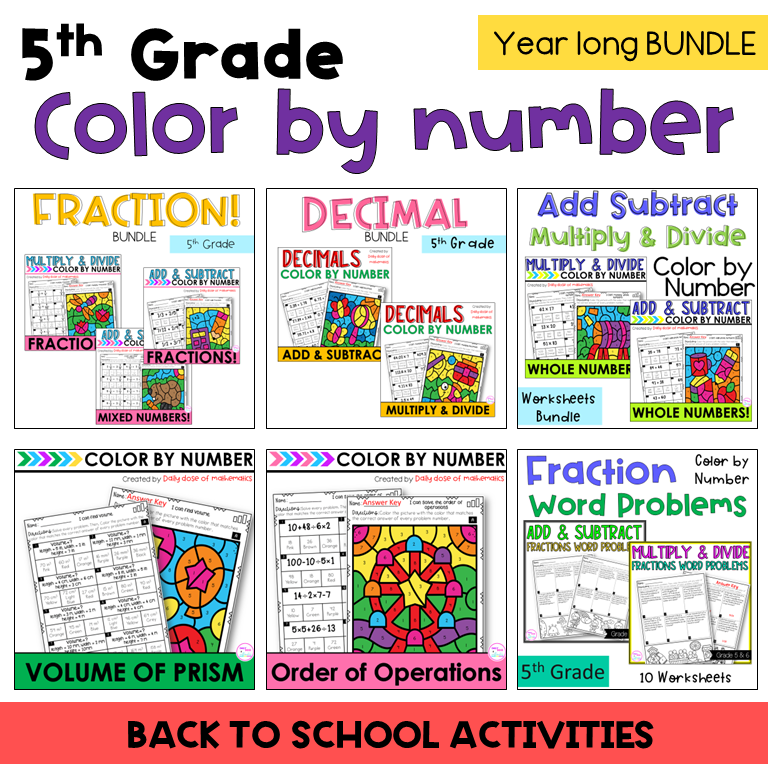How to Plan Your Entire School Year in One Weekend Using a Printable Teacher Planner!
What if I told you I planned my ENTIRE school year in just one weekend using my 5 step process and a printable teacher planner, and you can too!
Yes that’s right… When I first started teaching, I did not know what a lesson plan was, let alone how to create one.
Planning for the whole year without knowing when and how things will eventually start to go South was something I never understood.
Honestly, during those starting years, with all the lesson planning burnouts and wasted Sundays trying to keep my sanity intact during the weekdays was STRESSFUL.
And with all the chaos, I knew something had to change. There has to be a better solution to all this mess.
This is the reason why I started experimenting with my school planning and created my very own printable teacher planner that helps me map everything out without being overwhelmed.
It’s the exact tool I use every year to keep me organized.
In this post, I’m walking you through my exact 5-step system so you can plan your whole year in one weekend, too.
Why burn out when we can enjoy the ride? So, let’s get to the nitty-gritty, shall we?
STEP 1: Your Teaching Year-at-a-Glance
This is what you do before you even think about detailed weekly or daily lesson plans. Zoom out and lay your yearly plan.

I always start with a year at a glance calendar page from my teacher planner. I block out all the non-negotiables like holidays, testing weeks, PD days, school events like sports week etc — anything that’ll take up my teaching time.
This helps me see exactly how many teaching weeks and days I have, and more importantly, it reduces decision fatigue later.
I’m not scrambling in March because I “forgot” that Spring Break takes up a whole week. Trust me this calendar is your sanity saver.
STEP 2: Set Monthly Teaching Goals
Once your calendar year overview is laid out, now you can move on to set some monthly focus points.
Personally I like to use the monthly overview pages to sketch out major themes or units. For example, I like to focus on fractions in February and test prep in Mid March/April.
Planning it now means I don’t have to guess or wing it later. Of course, you can change that as you go, but having a plan still keeps you organized.

This will also make it so much easier to align your resources or activities and avoid that “what should we be doing this week?” chaos. Yeah, I know we all go through that.
The key here is to know you’re not just planning for content, you’re planning for confidence.
STEP 3: Create Weekly Skeleton Plans
This is where things get juicy but still simple. I use the weekly templates from my planner to lay out a basic structure for each week.
I’m talking recurring things like morning meeting, centers, whole group lessons, spiral review — whatever your weekly rhythm looks like.

The key here? You’re not writing detailed lesson plans. You’re building a flexible skeleton so your brain isn’t starting from zero every Sunday. It’s like giving Future You a damn hug.
STEP 4: Plug In the details
Now that your weeks have structure, it’s time to drop in the big rocks — major tests, projects, assessments, and anything else that requires extra prep.
I use the weekly planner pages (or just the notes section) to map this out.

Mapping these ahead of time means you’re not blindsided by a science fair or a unit test sneaking up on you.
You’ll know when to prep, when to review, and when to chill — because it’s all part of the plan.
STEP 5: Keep It All In One Place
Guess what here’s the secret sauce most teachers skip: organization that actually lasts. After I plan everything, I print it all, pop it into a binder, and it’s DONE.
No digging through files or clicking through 42 tabs. I use tabs for months, washi tape to make it cute (because yes, aesthetics matter), and my favorite budget-friendly printer that doesn’t eat ink like a monster.

Everything stays in one place so I can just open, teach, and live my life.
By planning your year thoughtfully and mapping out your whole school year like planning weekly, managing daily tasks, and reflecting regularly, you can streamline your workflow and increase your teaching effectiveness.
✅ Ready to be more organized this year and avoid the chaos for good?
Grab the full printable planner here — it’s the exact system I use every year to stay organized and productive as a math teacher.
Get your Printable Teacher Planner by clicking here!
Here is what you get:
- ✅ Year-at-a-glance calendar page
- ✅ Monthly planning spreads
- ✅ Weekly template that you can duplicate and print as many times as you like
- ✅ Fun pages like student information etc.
and so much more… No more wasted time thinking “how to plan your school year” and getting lesson planning organized haphazardly. No more Sunday scaries.
Just one weekend of work for a full year of peace. 👉 Grab yours here: Printable Teacher Planner
Here’s the truth: You do not have to spend every Sunday buried in lesson plans. You don’t have to live in survival mode. You deserve a system that supports you — not one that drains you.
A plan + process = Actual Freedom.

Freedom to rest. Freedom to live your life. Freedom to stop winging it week after week.
I’ve walked you through the exact steps I use to plan my entire school year in one weekend — and it all starts with the right tools.
💛 You’re doing better than you think — and your students are so lucky to have you.

